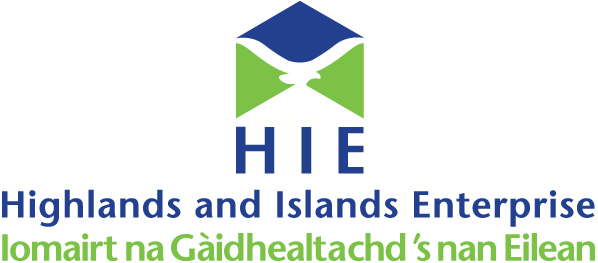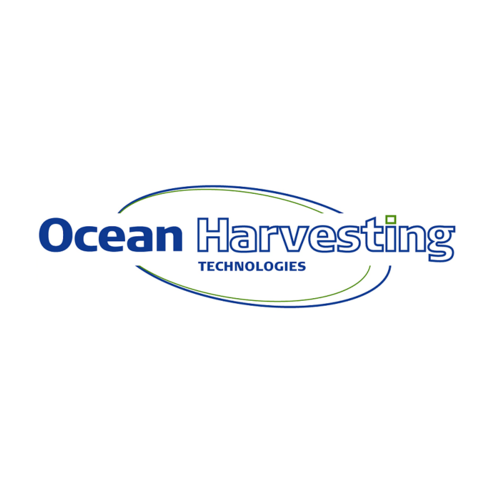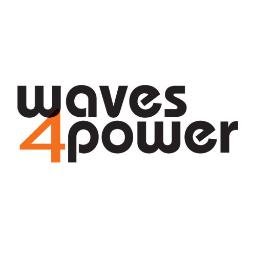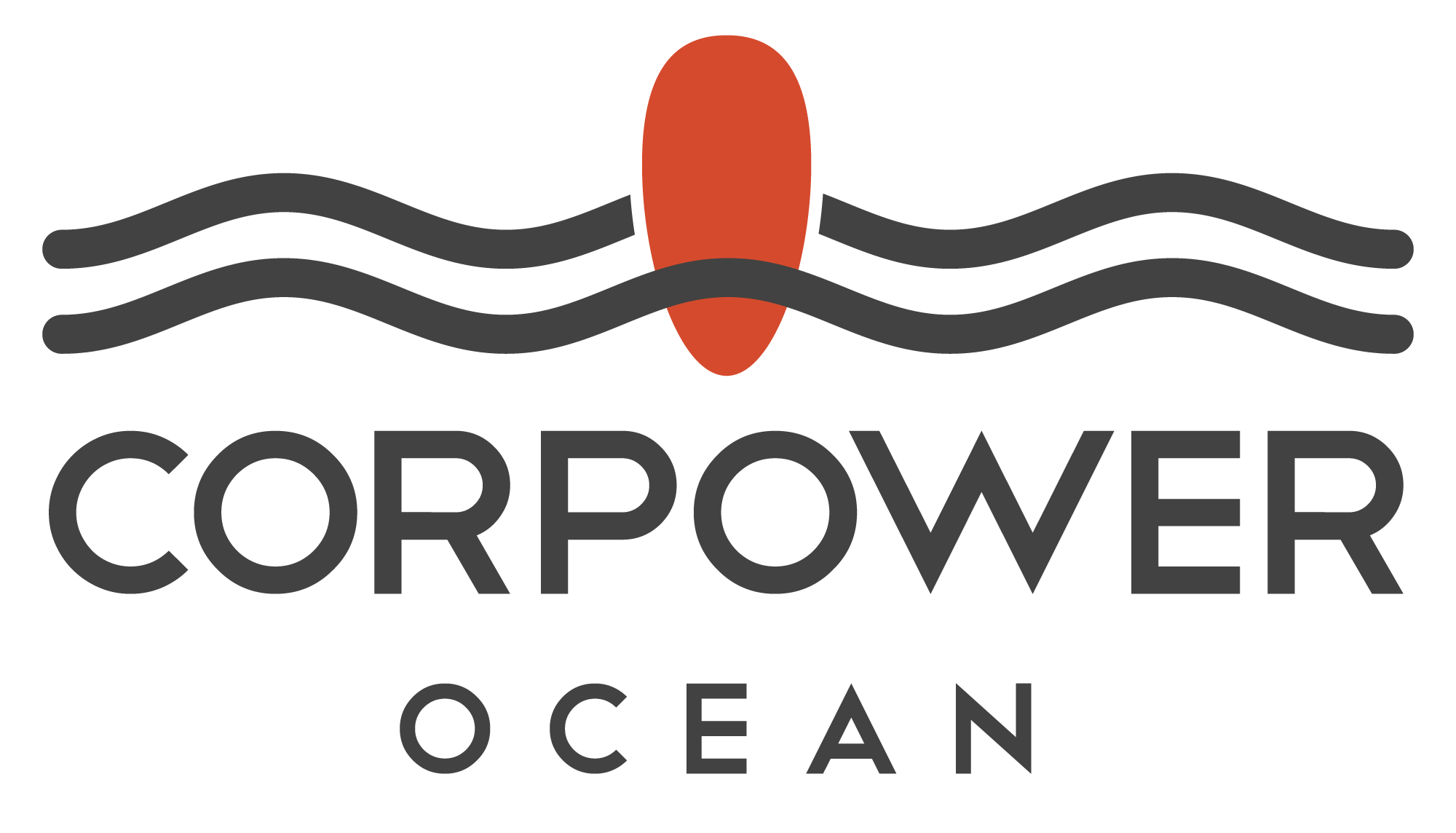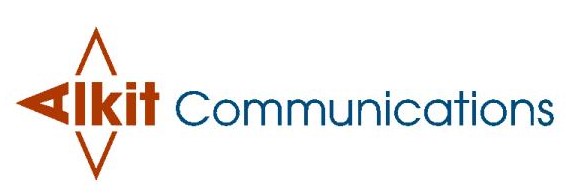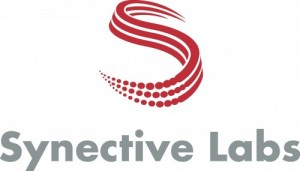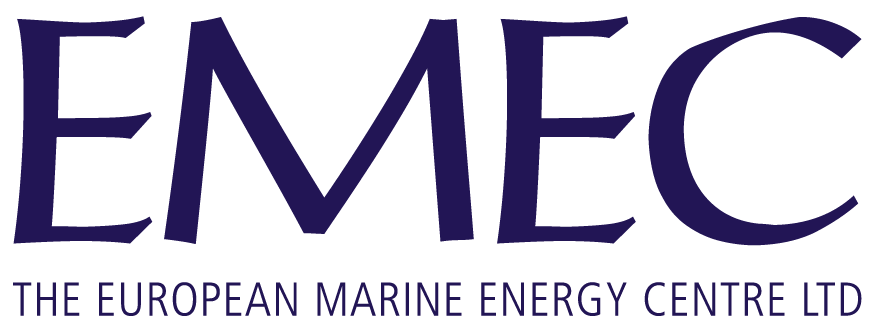RiaSoR 2
Marine energy devices operate in harsh environments but still need to perform reliably and produce an expected amount of energy, which gives rise to huge engineering challenges.
The OceanERANET-funded RiaSoR 2 project will use the theoretical reliability assessment framework for wave and tidal energy converters (WEC/TEC) developed in RiaSoR1 and apply it to the field.
This will enable WEC/TEC developers to validate their findings, and establish a practical condition based monitoring platform to prepare for future arrays where big data handling and processing will be vital to drive down operational expenditures (OPEX).
The RiaSoR 1 reliability framework built upon established practices from the automotive industry where a monitoring framework is applied to a fleet of test-vehicles. Through design iterations, the reliability is improved and a final reduced set of sensors are deployed in the commercial vehicle.
For RiaSoR 2, the chosen components for monitoring are equipped with several sensors to collect the required data, which will then be fed into the reliability process to reduce uncertainties. Sea tests act as case studies to feed the methodologies and training into the framework. The findings from this will then be trialled with the other developers.
The key objective of the RiaSoR 2 project is to offer a comprehensive suite of testing methodologies to wave and tidal developers that will enable a systematic approach to achieve optimal reliability and performance, while minimising cost and time-to-market.
RiaSoR
In today’s uncertain investment environment, the perception of technical risk is dependent on how confident the investors are that ocean energy devices will perform reliably and produce the expected output from their devices. As the industry is approaching a pre-commercial stage, in-sea testing and demonstration at various scales will be a primary focus for the sector over the next three to five years. This places a key role on the ocean energy test houses to put in place a rigorous testing programme whereby the reliability of these emerging technologies can be tested and independently verified before the systems move onto large scale array deployments.
The Reliability in a Sea of Risk (RiaSoR) project addresses this strategic need, focusing on the key engineering challenges that underpin the reliability and survivability of emerging wave and tidal energy technology.
RiaSoR will establish industry best practice in reliability testing for wave and tidal devices through improved load measurements and verification, standardising design guidelines for marine energy systems, and increasing safety in marine energy operations.
Methodology
The Variation Mode and Effect Analysis (VMEA) methodology used in other more mature sectors such as the automotive and aerospace industry will be adapted in the RiaSoR project for the ocean energy sector. VMEA is a method aimed at guiding engineers to find critical areas in terms of the effects of unwanted variation.
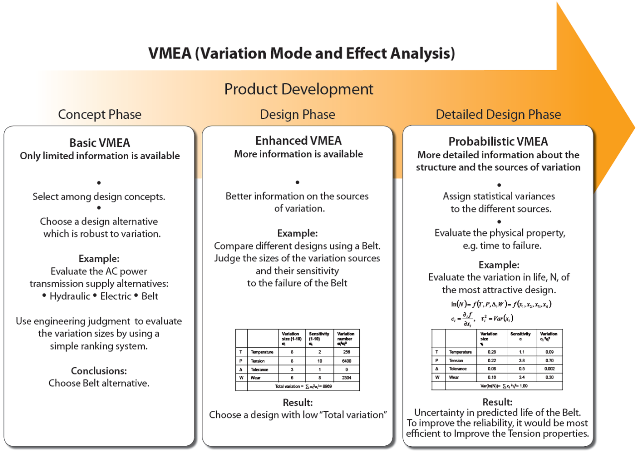
Project consortium
The project brings together three leading European research and testing sites from the north of Scotland, England and Sweden in order to develop industry approved reliability testing practices. These practices will be applied by the research and testing sites, ensuring consistency and robustness of testing to demonstrate reliability across wave and tidal technologies.
The overall technical approach will be driven by SP Research, who bring their experience in reliability testing from the automotive industry. They will focus on developing framework methodologies that will be deployed at the onshore Offshore Renewable Energy Catapult test site in Blyth (England) and the European Marine Energy Centre’s offshore test sites in Orkney (Scotland).
RiaSoR workshop
Bringing the first RiaSoR project to a close, an educational workshop was held in December 2016 reviewing the new reliability methodologies for ocean energy that had been developed. The workshop was attended by 37 marine energy engineers and academics. The guidance documents are available to download here: RiaSoR publications
If you missed the workshop, a video of the presentations is available to view below to ensure that the learning from the project is disseminated and applied throughout the industry.

